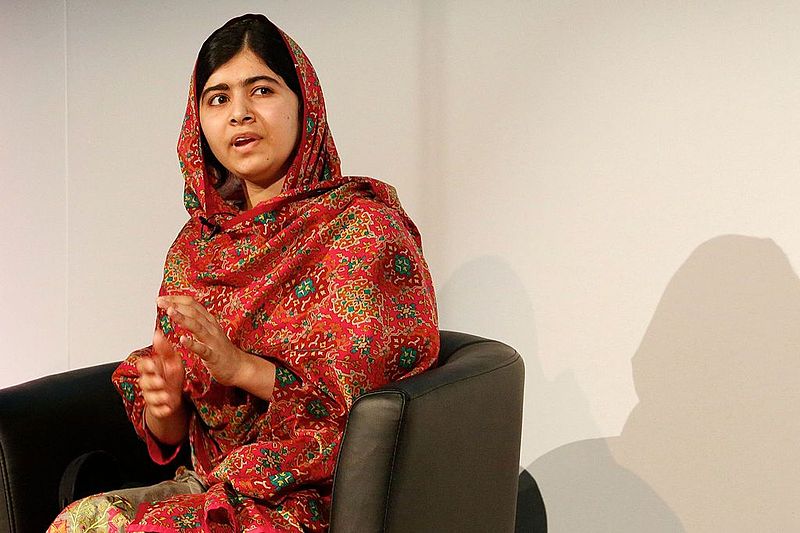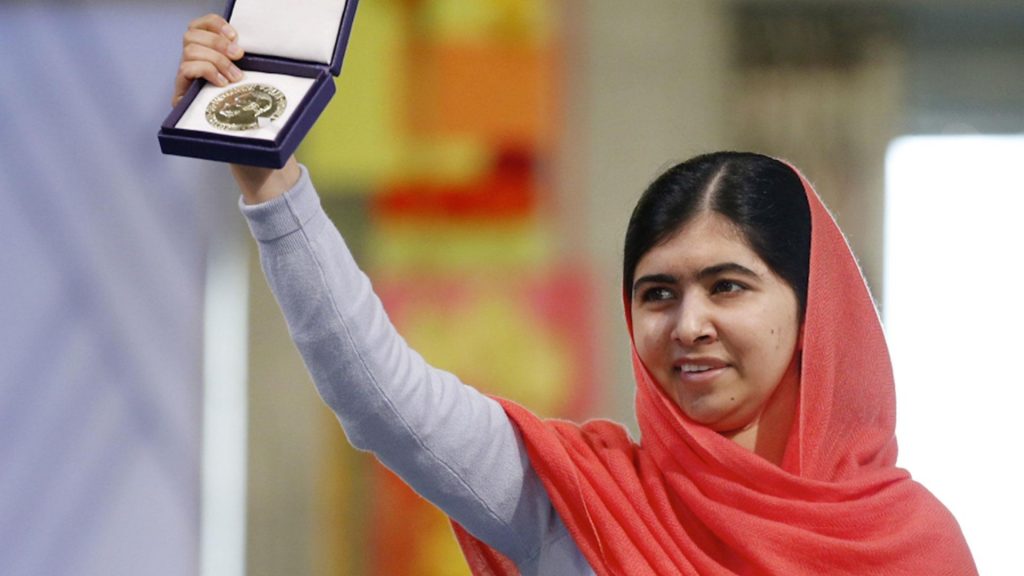 Image Source: Wikimedia Commons
Image Source: Wikimedia Commons
When we think of leadership, we have a particular vision in our mind. Perhaps it’s of a company CEO taking charge of the operations of a firm, or a captain on the helm of a ship, barking orders at crewmates. But the truth is that leadership situations can crop up in all kinds of circumstances, not just those you expect.
Leadership is about actions in the moment, not positions or power. A leader can emerge for a split second and then disappear soon after. Anyone can be a leader or a follower, and sometimes, people can be both at the time time.
Leadership situations turn up in all kinds of situations. Let’s take a look at them in turn, and investigate some examples.
Survival Leadership

One of the fascinating ways in which leaders emerge is through survival. People who have been through the worst that life can throw at them but continue to soldier on demand and command the respect of those around them.
Practically every successful leader on the planet today went through some kind of trying time. When you peel back their personal histories, you almost always find what the leadership book True North calls a “crucible” – a time of great struggle where an individual had to overcome significant challenges.
We can see evidence of leadership through survival today. Malala Yousafzai from Pakistan has become an international leader for women’s rights because of her story with the Taliban. Yousafzai survived multiple attacks, escaping with her life for questioning the position of the repressive regime on women’s rights. She managed to get a bill passed through the Pakistani parliament ensuring that women in the country could receive an education – something which they did not have before.
Camaraderie Leadership
Camaraderie leadership almost always comes about in situations in which people believe that their lives are under threat or in which they’re experiencing pain. The presence of another can be enough to form a leadership dynamic, where the person in need looks to the other in search of guidance and support.
The delivery room is an excellent example of this kind of leadership in action. Midwife education helps midwives learn about the role that they must adopt when helping a mother deliver a baby. Often midwives become partners in the birthing process, with the mother looking to them for constant direction, advice, and support. Many midwives have been through the process of giving birth and understand what the pregnant mom is going through.
Inspirational Leadership

Thank You Steve. A Small Tribute to Steve Jobs (1955-2011)
Going back to the book True North, the author Bill George describes two basic types of leaders. One type of leader tries to get his followers to do what he wants by offering them rewards, like bonuses or high salaries. This type of leader he calls “transactional,” meaning that they have a kind of tit-for-tat relationship with their followers.
The other kind of leader, he says, is one that is inspirational. Inspirational leaders get their followers to internalize and align with their objectives without external rewards. Followers of inspirational leaders believe in the wider goal and will make great sacrifices to achieve it.
Martin Luther King was arguably one of the 20th century’s most prominent inspirational leaders. His ability to deliver rousing speeches made him someone who could get people involved with his cause, without having to pay them a single cent. King’s strategy of civil disobedience proved incredibly popular and was what avoided a race war, something that the elites were worried about in the 1960s.
King’s leadership probably saved thousands of lives. Had the civil rights movement taken a violent turn, thousands of lives could have been lost, and American history could be a lot more bloody than it already is.
Steve Jobs was arguably another inspirational leader, albeit in a very different context. Jobs’ ability to inspire was second-to-none, given that the task was to get people to commit to create incredible electronics, not free themselves from tyranny. Jobs accumulated a team of people who were so committed to creating great products that they were willing to give up on other aspects of their lives, such as their families.
Leadership Through Being Cool Under Pressure
Most people panic when their lives are in danger. But some people have a unique ability to turn off their lizard brain and focus on the practical matter of survival.
Take pilot Chesley Sullenberger, for instance. Remember that plane that crash-landed in the Hudson River in New York? Everybody on board the aircraft survived, thanks to the incredible actions of the pilot. While the crew and passengers panicked about their descent in altitude, the pilot put a plan in place to save everyone’s life.
Sullenberger knew that the plane wouldn’t make it back to the airport, so being in downtown Manhattan, he did the only thing he could: land the aircraft on open water.
Sullenberger isn’t superhuman. He still experienced that pit-of-your-stomach dread that people get in dangerous situations. But despite his emotions, he kept his cool and pulled off one of the most magnificent crash landings in history. All 155 people aboard the plane survived the incident, propelling Sullenberger to national hero status.
Compassionate Leadership

People who show extreme compassion for the plight of others naturally slip into leadership roles. Think the Dalai Lama or Gandhi.
But perhaps the most famous example of a person becoming a leader is that of Princess Diana. In 1987, the princess was visiting an AIDS-ravaged region of Africa. She landed near a hospital where doctors were treating people with AIDS and deliberately touched and shook hands with people with the disease, without gloves.
What was so remarkable about this act was two things. First, for a member of the royal family to touch an African with a severe disease was symbolic in itself: we’re all human, and we all suffer. But second, most people believed that you could contract HIV through touching at the time. The truth of the disease was not yet widely known. More than 50 percent of people in the US, for instance, thought that the disease was contagious through skin contact alone. Diana became a compassion leader because of what she did.




